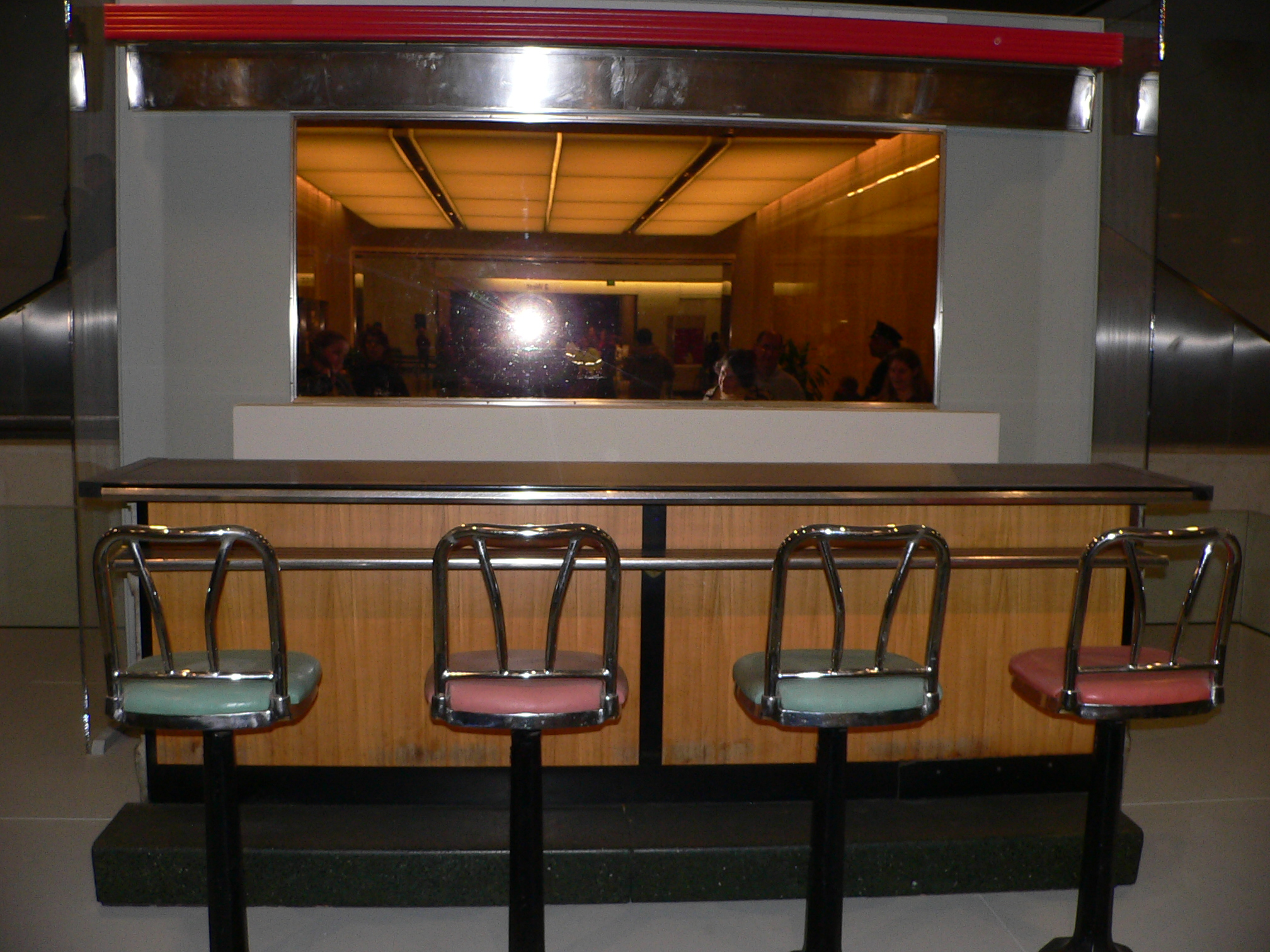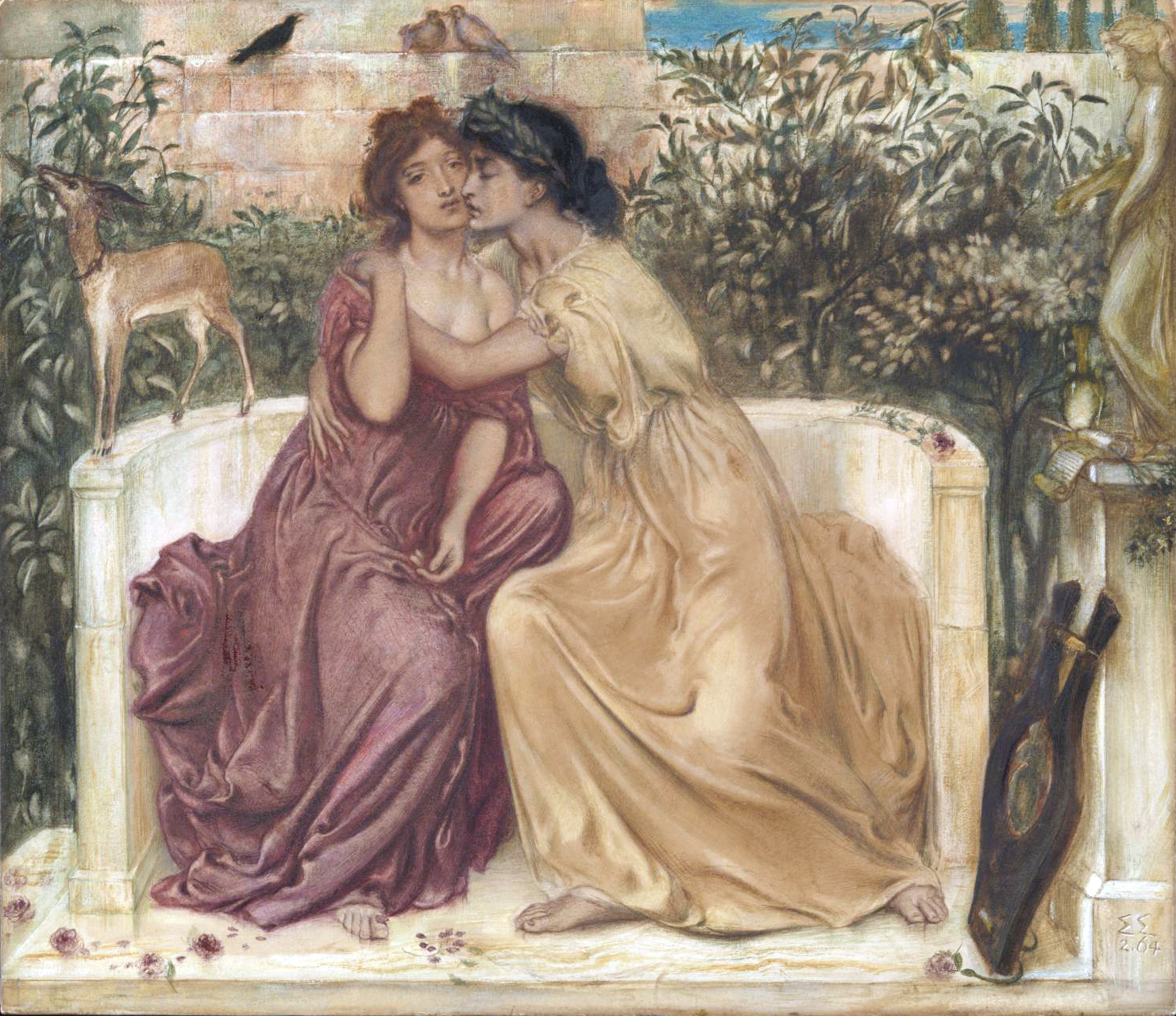|
Elizabeth Khaxas
Elizabeth Khaxas (born 1960) is a Namibian writer and activist. Khaxas ran Sister Namibia from 1998 to 2004. After leaving Sister Namibia, she founded the Women's Leadership Centre. Khaxas and her partner were also part of the ''Frank and Khaxas v Chairperson of the Immigration Selection Board'' court case in Namibia, which tried to obtain legal recognition of same-sex relationships A same-sex relationship is a romantic or sexual relationship between people of the same sex. ''Same-sex marriage'' refers to the institutionalized recognition of such relationships in the form of a marriage; civil unions may exist in countries w ... in Namibia. References Further reading * 1960 births Feminist writers Lesbian feminists Lesbian writers Namibian LGBTQ people Living people Namibian feminists Namibian writers {{LGBT-bio-stub ... [...More Info...] [...Related Items...] OR: [Wikipedia] [Google] [Baidu] |
Namibia/People
This is a demography of the population of Namibia including population density, ethnicity, education level, health of the populace, economic status, religious affiliations and other aspects of the population. Population Census results As required by the Namibian ''Statistics Act'' #66 of 1976, and in accordance with United Nations recommendations, a census is conducted every ten years. After Namibian independence the first Population and Housing Census was carried out in 1991, further rounds followed in 2001 and 2011. The data collection method is to count every person resident in Namibia wherever they happen to be. This is called the ''de facto'' method. For enumeration purposes the country is demarcated into 4,042 ''enumeration areas''. These areas overlap with constituency boundaries in order to get reliable data for election purposes as well. The 2011 Population and Housing Census counted 2,113,077 inhabitants of Namibia. Between 2001 and 2011 the annual population gr ... [...More Info...] [...Related Items...] OR: [Wikipedia] [Google] [Baidu] |
Sister Namibia
Sister Namibia, formerly known as the Sister Namibia Collective, is a feminist nonpartisan non-governmental organization (NGO) located in Windhoek, Namibia. The organization was established in 1989 on the eve of Namibia's independence from South Africa. Sister Namibia advocates for women's rights and engages in activities that promote full gender equality in a world free from violence, discrimination, and oppression. From its inception, the organization's main function has been to produce Sister Namibia Magazine. In the 1990s Sister Namibia expanded its operations to include educational programs, research, activism, media engagement, and cultural activities in support of women's rights. History Origins The formation of the Sister Namibia Collective follows the story of Namibia's liberation. Following World War I, the League of Nations mandated that Namibia, known then as South West Africa, be governed by South Africa. Not only was apartheid imposed under South African rule, bu ... [...More Info...] [...Related Items...] OR: [Wikipedia] [Google] [Baidu] |
Same-sex Relationship
A same-sex relationship is a romantic or sexual relationship between people of the same sex. ''Same-sex marriage'' refers to the institutionalized recognition of such relationships in the form of a marriage; civil unions may exist in countries where same-sex marriage does not. The term ''same-sex relationship'' is not strictly related to the sexual orientation of the participants. As people of any orientation may participate in same-sex relationships (particularly depending on the legal, social and scientific definition of sex), some activists argue that referring to a same-sex relationship as a " gay relationship" or a "lesbian relationship" is a form of bisexual erasure. In history The lives of many historical figures, including Socrates, Alexander the Great, Lord Byron, Edward II, Hadrian, Julius Caesar, Michelangelo, Donatello, Leonardo da Vinci, Oscar Wilde, Vita Sackville-West, Alfonsina Storni and Christopher Marlowe are believed to have included love and sexual re ... [...More Info...] [...Related Items...] OR: [Wikipedia] [Google] [Baidu] |
1960 Births
It is also known as the " Year of Africa" because of major events—particularly the independence of seventeen African nations—that focused global attention on the continent and intensified feelings of Pan-Africanism. Events January * January 1 – Cameroon becomes independent from France. * January 9– 11 – Aswan Dam construction begins in Egypt. * January 10 – British Prime Minister Harold Macmillan makes the "Wind of Change" speech for the first time, to little publicity, in Accra, Gold Coast (modern-day Ghana). * January 19 – A revised version of the Treaty of Mutual Cooperation and Security between the United States and Japan ("U.S.-Japan Security Treaty" or "''Anpo (jōyaku)''"), which allows U.S. troops to be based on Japanese soil, is signed in Washington, D.C. by Prime Minister Nobusuke Kishi and President Dwight D. Eisenhower. The new treaty is opposed by the massive Anpo protests in Japan. * January 21 ** Coalbrook mining disaster: A coal mine ... [...More Info...] [...Related Items...] OR: [Wikipedia] [Google] [Baidu] |
Feminist Writers
Feminist literature is fiction, nonfiction, drama, or poetry, which supports the feminist goals of defining, establishing, and defending equal civil, political, economic, and social rights for women. It often addresses the roles of women in society particularly as regarding status, privilege, and power – and generally portrays the consequences to women, men, families, communities, and societies as undesirable. History In the 15th century, Christine de Pizan wrote ''The Book of the City of Ladies'' which combats prejudices and enhances the importance of women in society. The book follows the model of De Mulieribus Claris, written in the 14th century by Giovanni Boccaccio. The feminist movement produced feminist fiction, feminist non-fiction, and feminist poetry, which created new interest in women's writing. It also prompted a general reevaluation of women's historical and academic contributions in response to the belief that women's lives and contributions have been und ... [...More Info...] [...Related Items...] OR: [Wikipedia] [Google] [Baidu] |
Lesbian Feminists
Lesbian feminism is a cultural movement and critical perspective that encourages women to focus their efforts, attentions, relationships, and activities towards their fellow women rather than men, and often advocates lesbianism as the logical result of feminism. Lesbian feminism was most influential in the 1970s and early 1980s, primarily in North America and Western Europe, but began in the late 1960s and arose out of dissatisfaction with the New Left, the Campaign for Homosexual Equality, sexism within the gay liberation movement, and homophobia within popular women's movements at the time. Many of the supporters of Lesbianism were actually women involved in gay liberation who were tired of the sexism and centering of gay men within the community and lesbian women in the mainstream women's movement who were tired of the homophobia involved in it. Some key thinkers and activists include Charlotte Bunch, Rita Mae Brown, Adrienne Rich, Audre Lorde, Marilyn Frye, Mary Daly, ... [...More Info...] [...Related Items...] OR: [Wikipedia] [Google] [Baidu] |
Lesbian Writers
A lesbian is a homosexual woman or girl. The word is also used for women in relation to their sexual identity or sexual behavior, regardless of sexual orientation, or as an adjective to characterize or associate nouns with female homosexuality or same-sex attraction. Relatively little in history was documented to describe female homosexuality, though the earliest mentions date to at least the 500s BC. When early sexologists in the late 19th century began to categorize and describe homosexual behavior, hampered by a lack of knowledge about homosexuality or women's sexuality, they distinguished lesbians as women who did not adhere to female gender roles. They classified them as mentally ill—a designation which has been reversed since the late 20th century in the global scientific community. Women in homosexual relationships in Europe and the United States responded to the discrimination and repression either by hiding their personal lives, or accepting the label of outcast ... [...More Info...] [...Related Items...] OR: [Wikipedia] [Google] [Baidu] |
Namibian LGBTQ People
This is a demography of the population of Namibia including population density, ethnicity, education level, health of the populace, economic status, religious affiliations and other aspects of the population. Population Census results As required by the Namibian ''Statistics Act'' #66 of 1976, and in accordance with United Nations recommendations, a census is conducted every ten years. After Namibian independence the first Population and Housing Census was carried out in 1991, further rounds followed in 2001 and 2011. The data collection method is to count every person resident in Namibia wherever they happen to be. This is called the ''de facto'' method. For enumeration purposes the country is demarcated into 4,042 ''enumeration areas''. These areas overlap with constituency boundaries in order to get reliable data for election purposes as well. The 2011 Population and Housing Census counted 2,113,077 inhabitants of Namibia. Between 2001 and 2011 the annual population gr ... [...More Info...] [...Related Items...] OR: [Wikipedia] [Google] [Baidu] |
Living People
Purpose: Because living persons may suffer personal harm from inappropriate information, we should watch their articles carefully. By adding an article to this category, it marks them with a notice about sources whenever someone tries to edit them, to remind them of WP:BLP (biographies of living persons) policy that these articles must maintain a neutral point of view, maintain factual accuracy, and be properly sourced. Recent changes to these articles are listed on Special:RecentChangesLinked/Living people. Organization: This category should not be sub-categorized. Entries are generally sorted by family name In many societies, a surname, family name, or last name is the mostly hereditary portion of one's personal name that indicates one's family. It is typically combined with a given name to form the full name of a person, although several give .... Maintenance: Individuals of advanced age (over 90), for whom there has been no new documentation in the last ten ... [...More Info...] [...Related Items...] OR: [Wikipedia] [Google] [Baidu] |
Namibian Feminists
This is a demography of the population of Namibia including population density, ethnicity, education level, health of the populace, economic status, religious affiliations and other aspects of the population. Population Census results As required by the Namibian ''Statistics Act'' #66 of 1976, and in accordance with United Nations recommendations, a census is conducted every ten years. After Namibian independence the first Population and Housing Census was carried out in 1991, further rounds followed in 2001 and 2011. The data collection method is to count every person resident in Namibia wherever they happen to be. This is called the ''de facto'' method. For enumeration purposes the country is demarcated into 4,042 ''enumeration areas''. These areas overlap with constituency boundaries in order to get reliable data for election purposes as well. The 2011 Population and Housing Census counted 2,113,077 inhabitants of Namibia. Between 2001 and 2011 the annual population gr ... [...More Info...] [...Related Items...] OR: [Wikipedia] [Google] [Baidu] |




